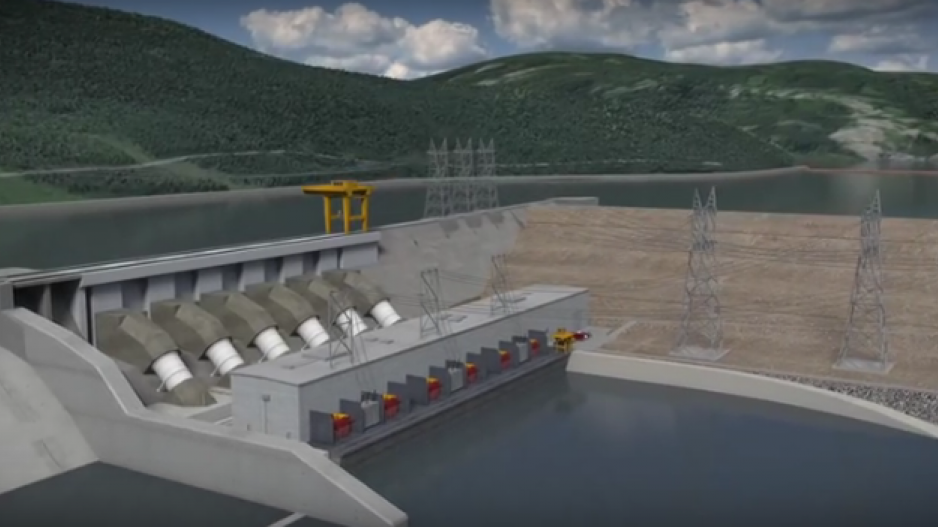Just two years ago, as the final decision was being made to start construction of the Site C Clean Energy Project, a real consideration was whether it could trigger a skilled labour shortage in B.C. In 2016, the project instead enjoyed the advantage of both drawing from a surplus of labour as well as procuring based on low commodity prices, resulting from a sustained downturn in metals and oil/gas commodity prices. Site C has become a major employer for industrial workers in the northeast with 85% of the 1,870 project workers from B.C. and over 700 employees from the Peace region.
As the year draws to a close, more shifts are emerging. The earliest rays of light are shining for commodities like copper and metallurgical coal as prices begin to creep back up. Both FortisBC and Woodfibre LNG advanced liquefied natural gas developments. Bold new ideas exist, like the City of Vancouver’s goal of achieving 100% renewable energy supply by 2050. These events all have implications for future electricity demand. Amid constant change, what we learned for sure is that long-term planning is critical.
2016 may prove to be a year where the nature of gaining “social licence” also shifted. It was a year when misinformation reached new heights, so much so that the word “post-truth” was named word of the year by the Oxford English Dictionary. On a global scale, people disregarded objective facts and instead focused on statements that reinforced personal beliefs – trading hard data for sound bites that best matched their own world view. One can no longer expect that providing information early, openly and transparently will gain trust and acceptance. The new dilemma is how to interact in a world where a swirl of appeals to emotion drives content and wins arguments.
Despite this shift to belief over fact, events in 2016 showed that our institutional systems will still operate objectively, following diligent processes and planning. Permits for projects will be issued when studies are thorough and conditions are met, just as courts will decide cases based on evidence and facts. Time will tell whether this stability is limited to Canada, and what the future holds for planning and decision-making elsewhere around the world.
During a tumultuous year of civil discord resulting in the Brexit vote and surprise U.S. presidential outcome, perhaps for the very first time, the world began to notice Canada is different – that we represent and define ourselves by certain common values. Perhaps we also reflected and took notice of ourselves. Politely but firmly, we stand – for humanity, for equality, for open trade, for clean energy.
While 2016 set the stage for governments in the United States to renew the debate on whether to address climate change, we recognize that past decisions made for the benefit of future generations provide our quality of life today, and will continue to make smart long-term investments in renewable hydro power. As clean technologies such as electric vehicles take hold and industry finds ways to replace fossil fuels with clean electricity, we will be ready to supply this increased demand with a system that is renewable, reliable and affordable.
Whether it is building Site C, fighting climate change or investing in our infrastructure, 2016 showed in so many ways why it is important to keep our eye on the long game. •
Jessica McDonald is president and CEO of BC Hydro.




